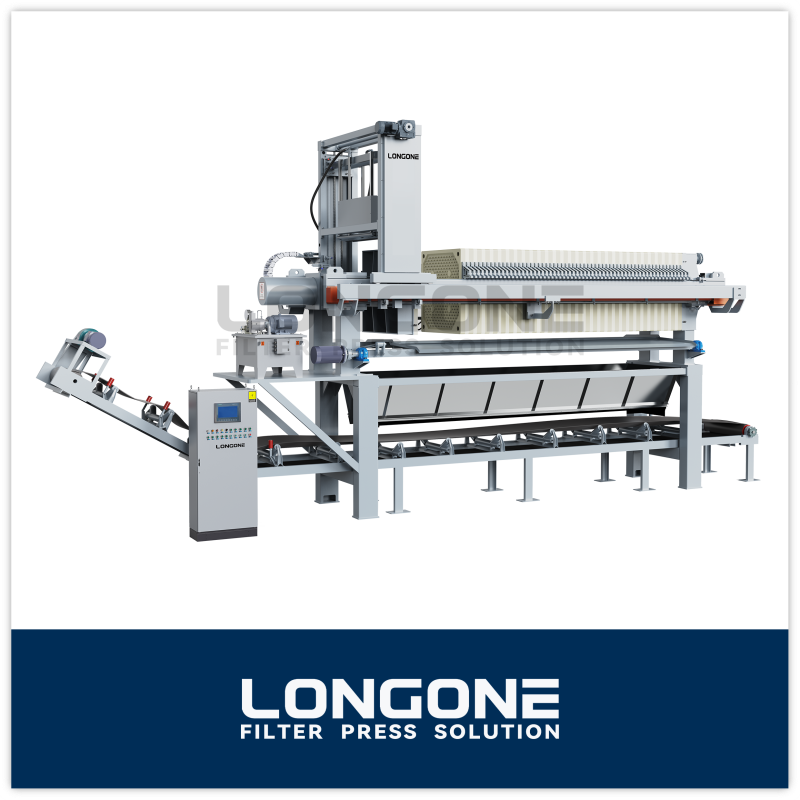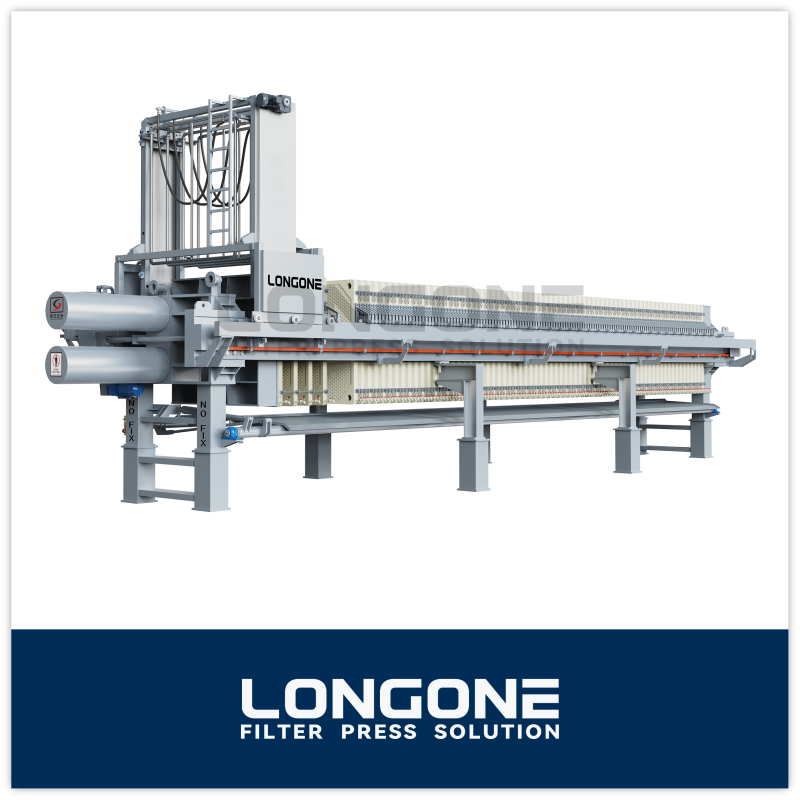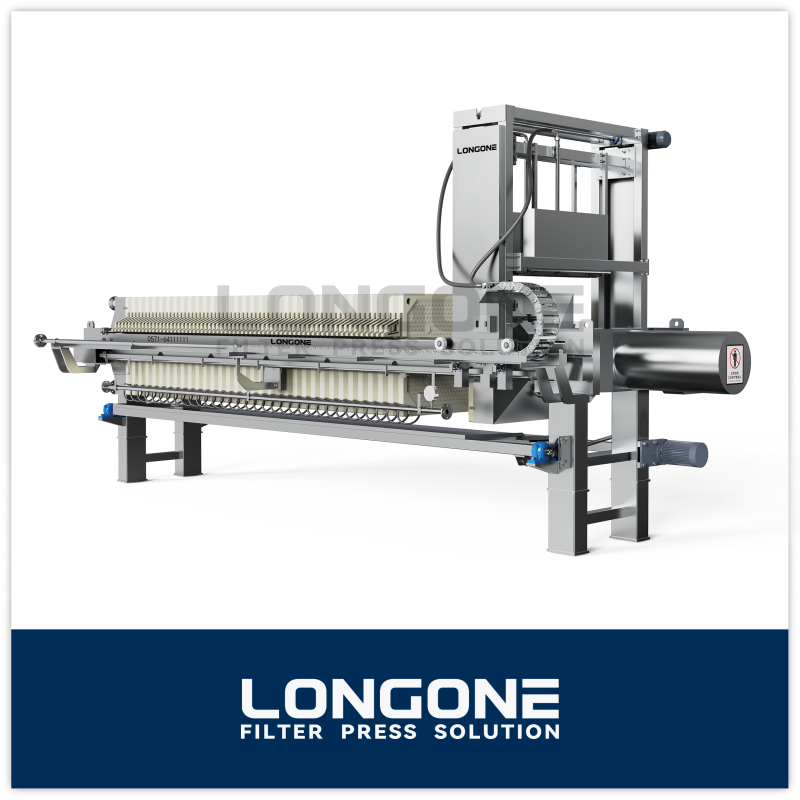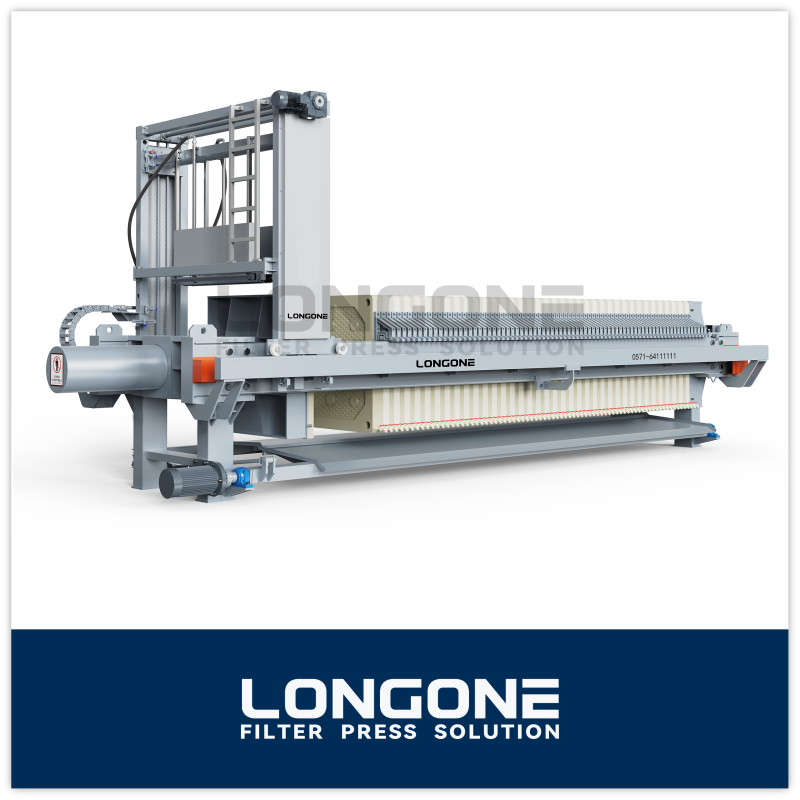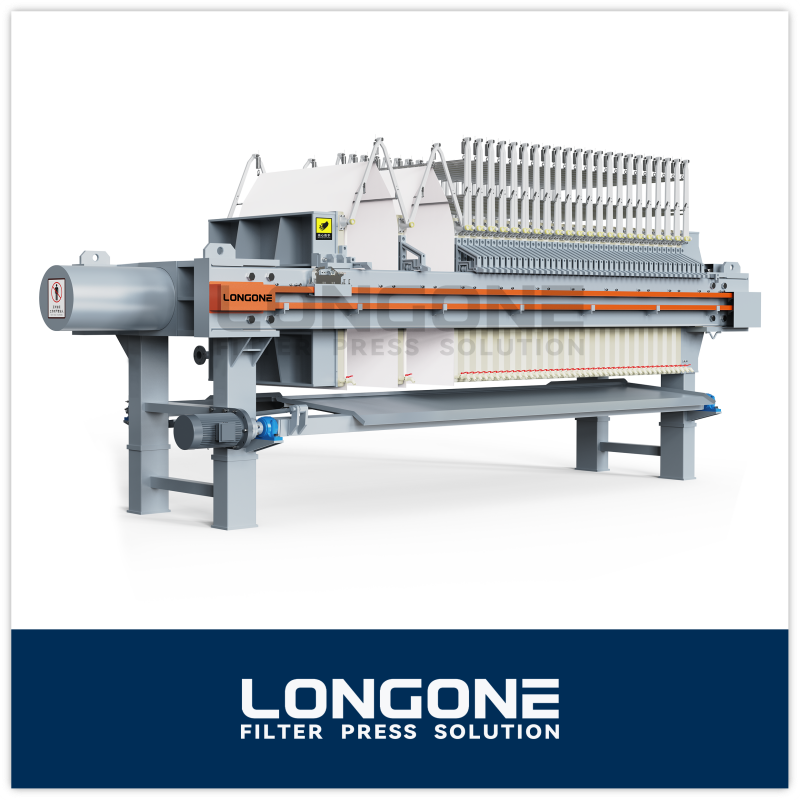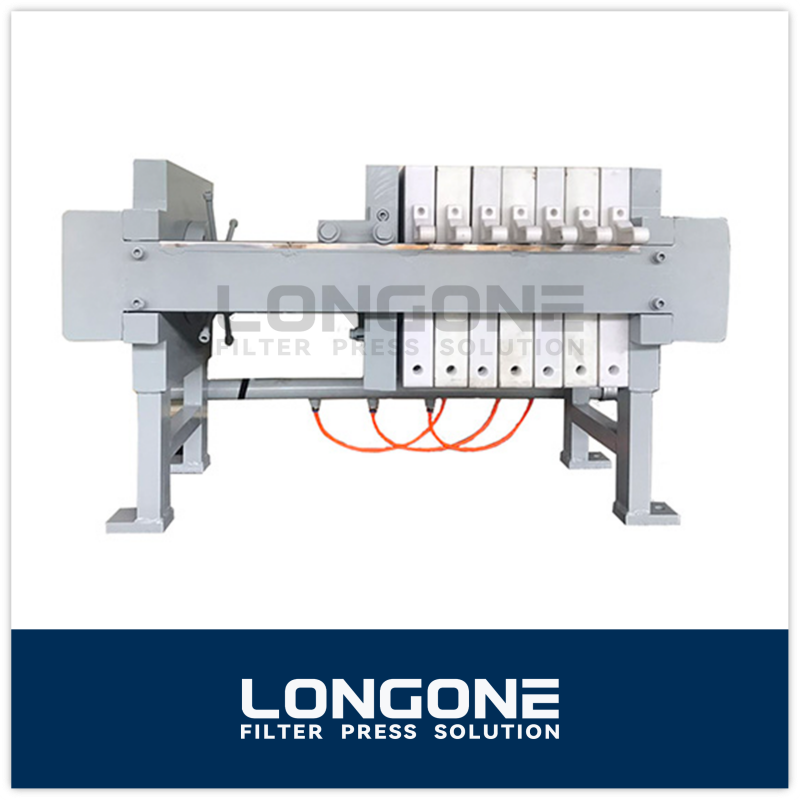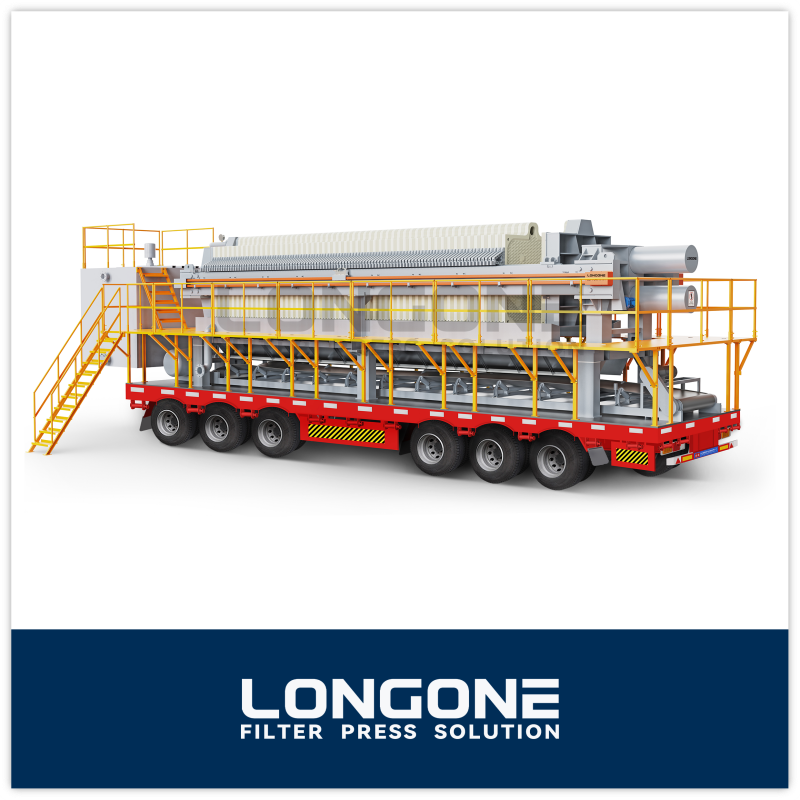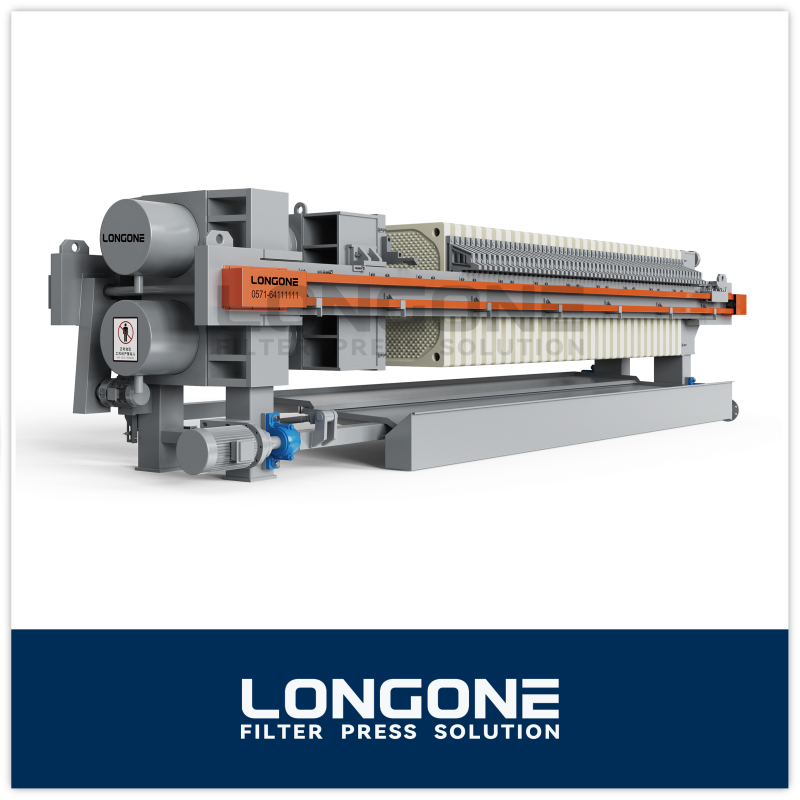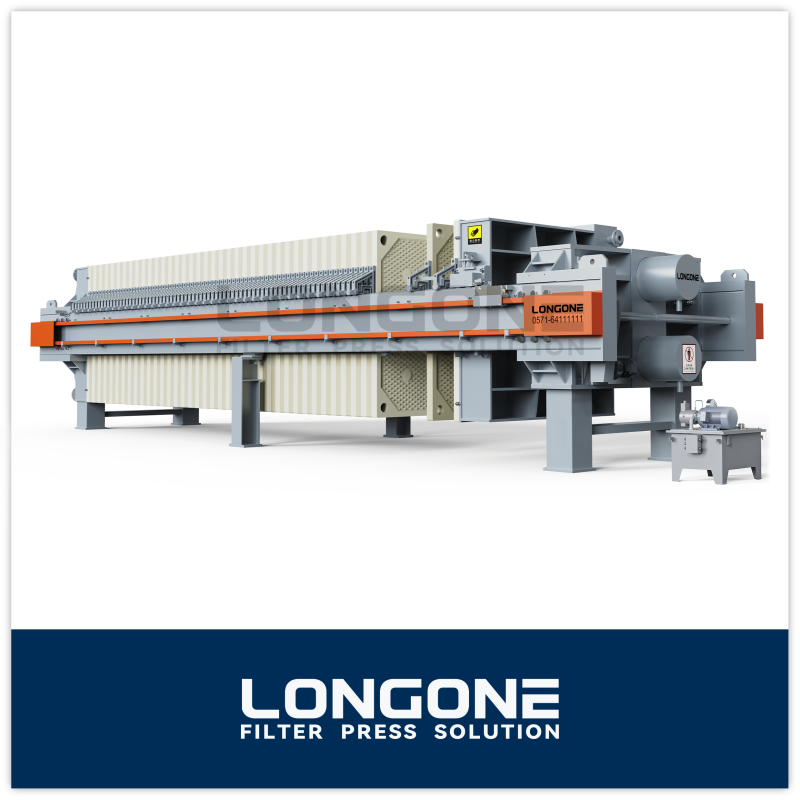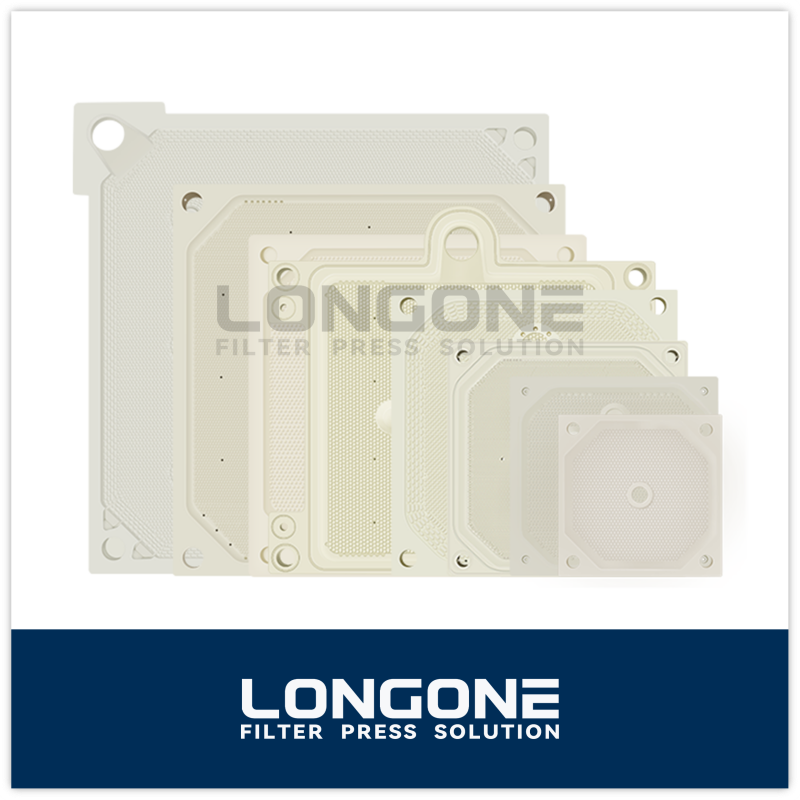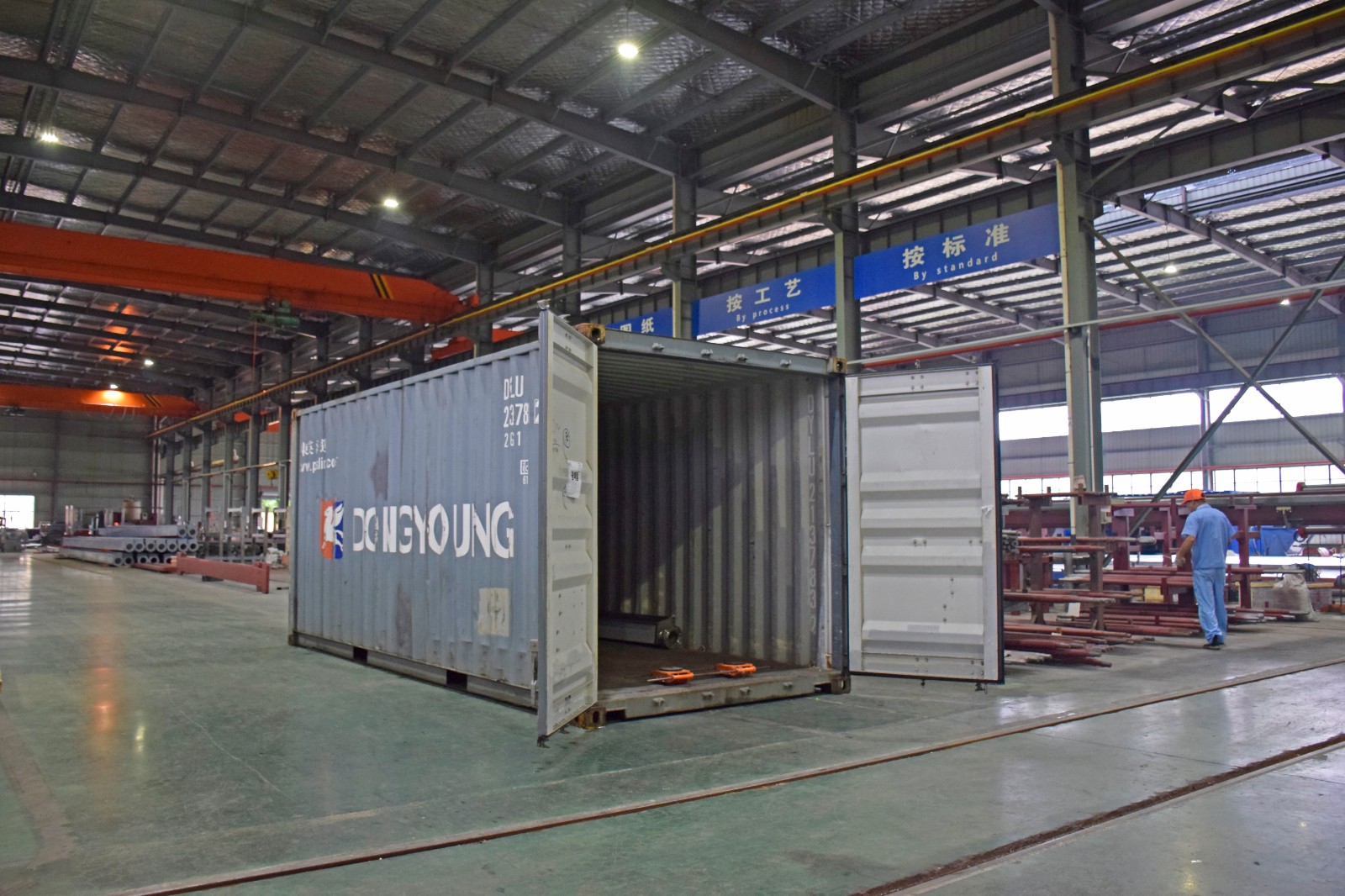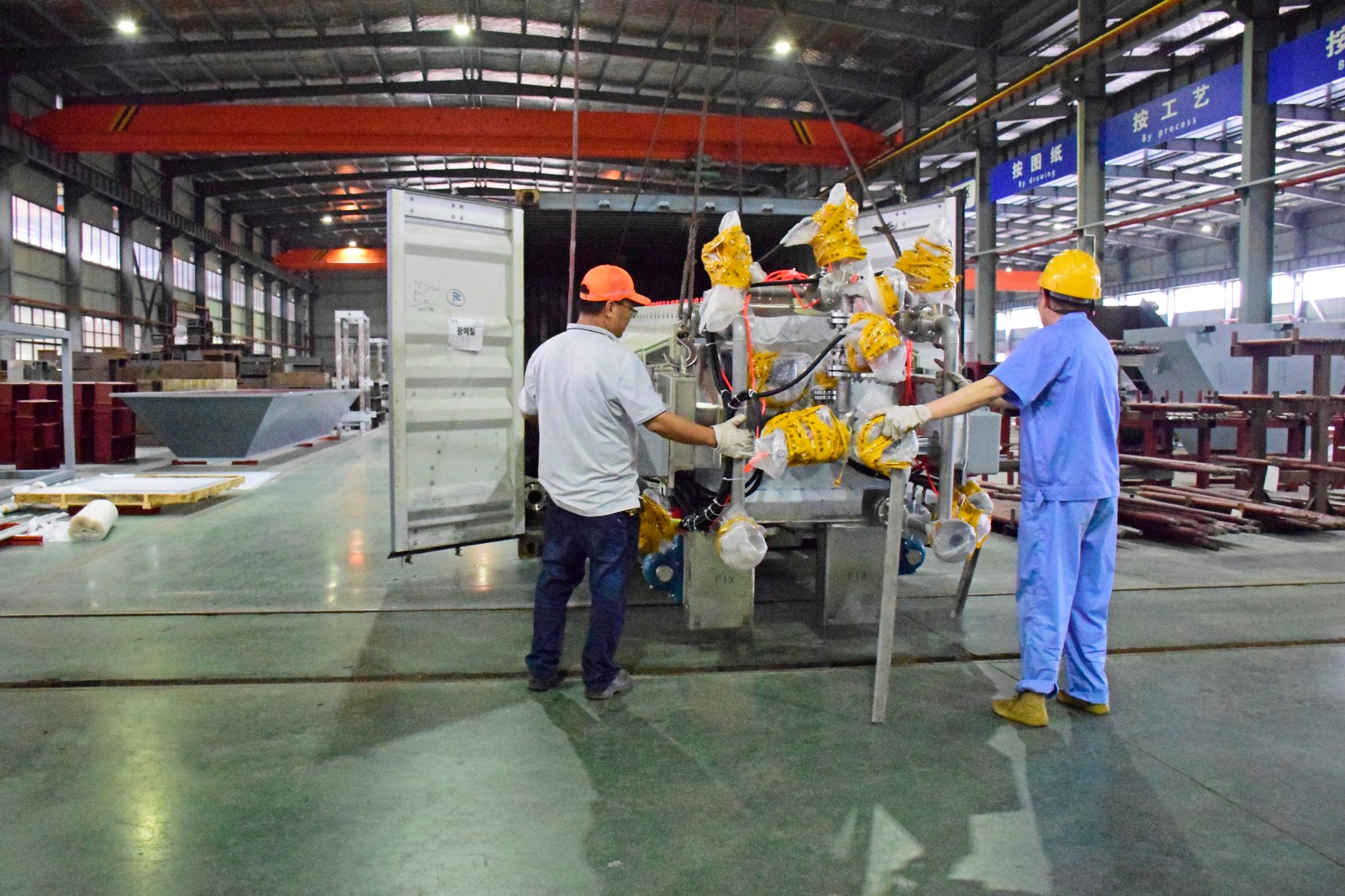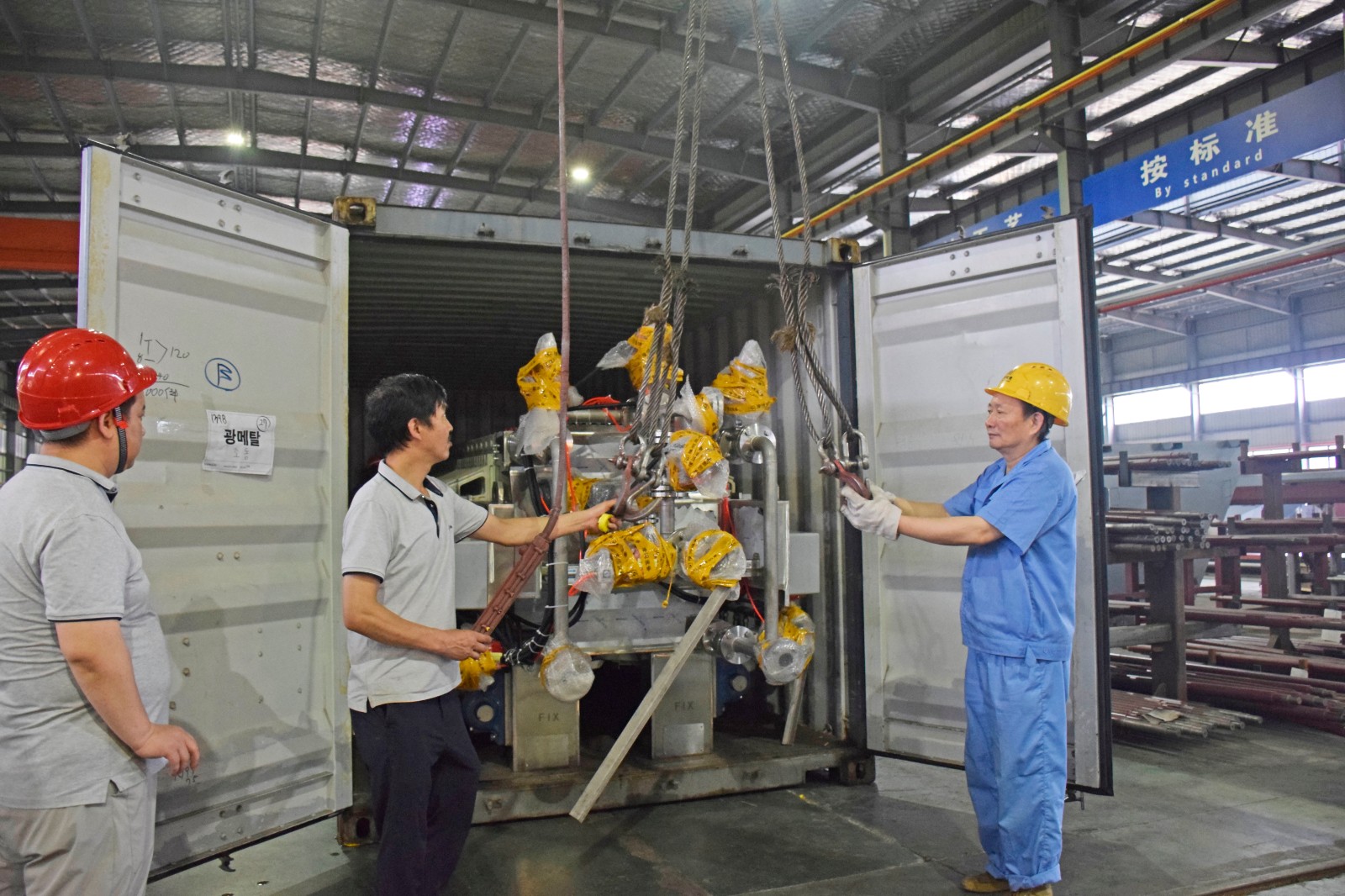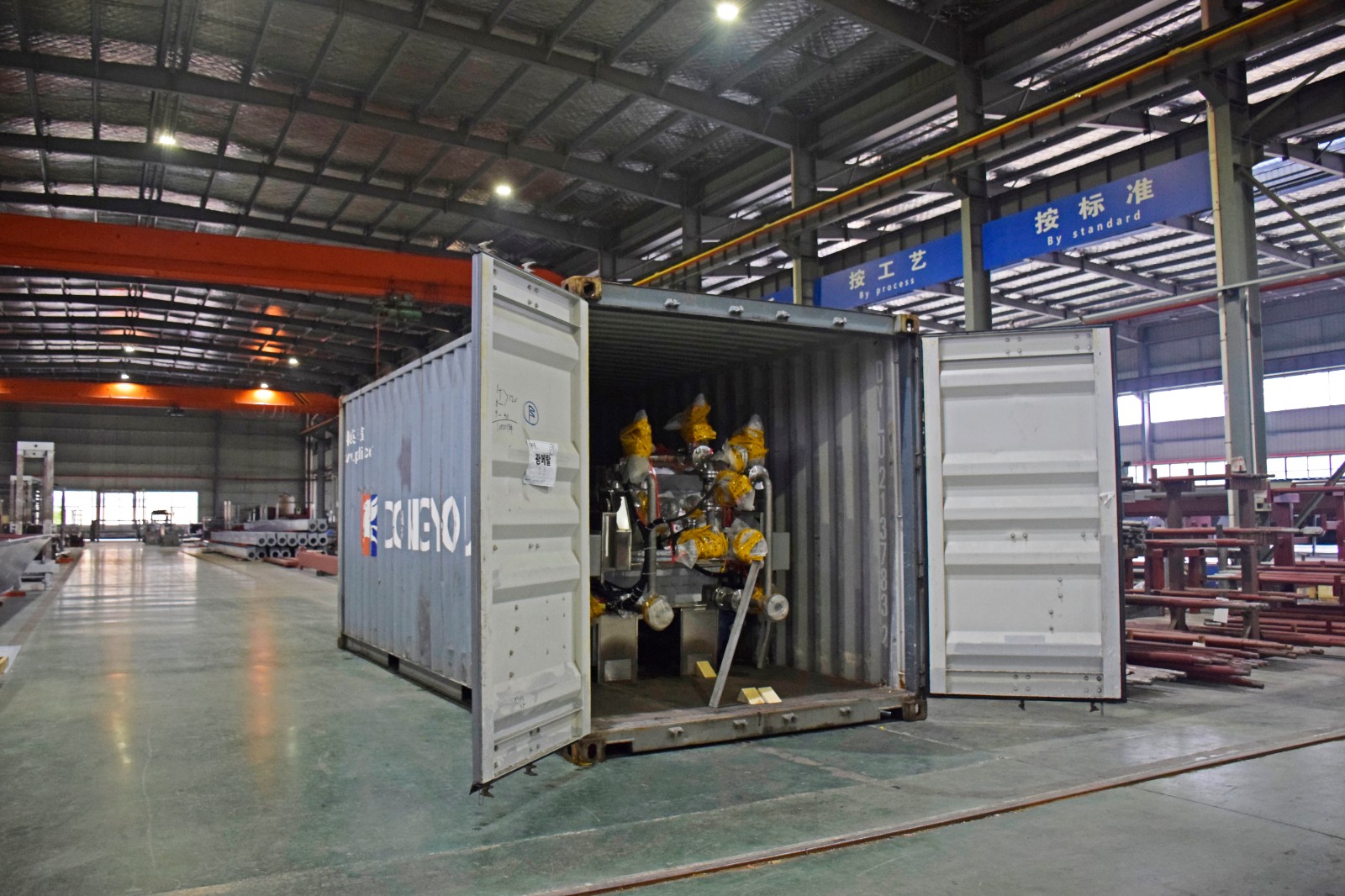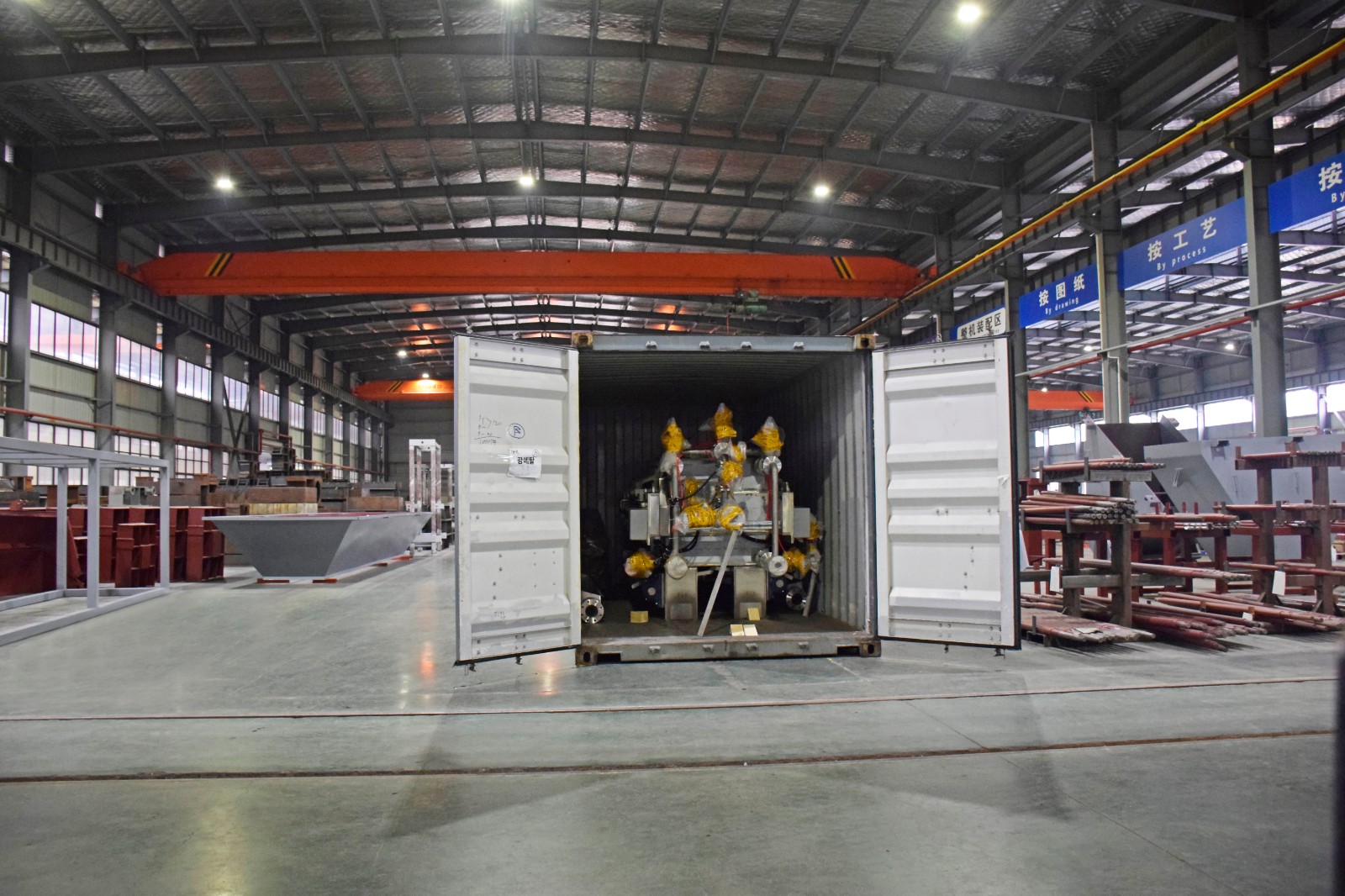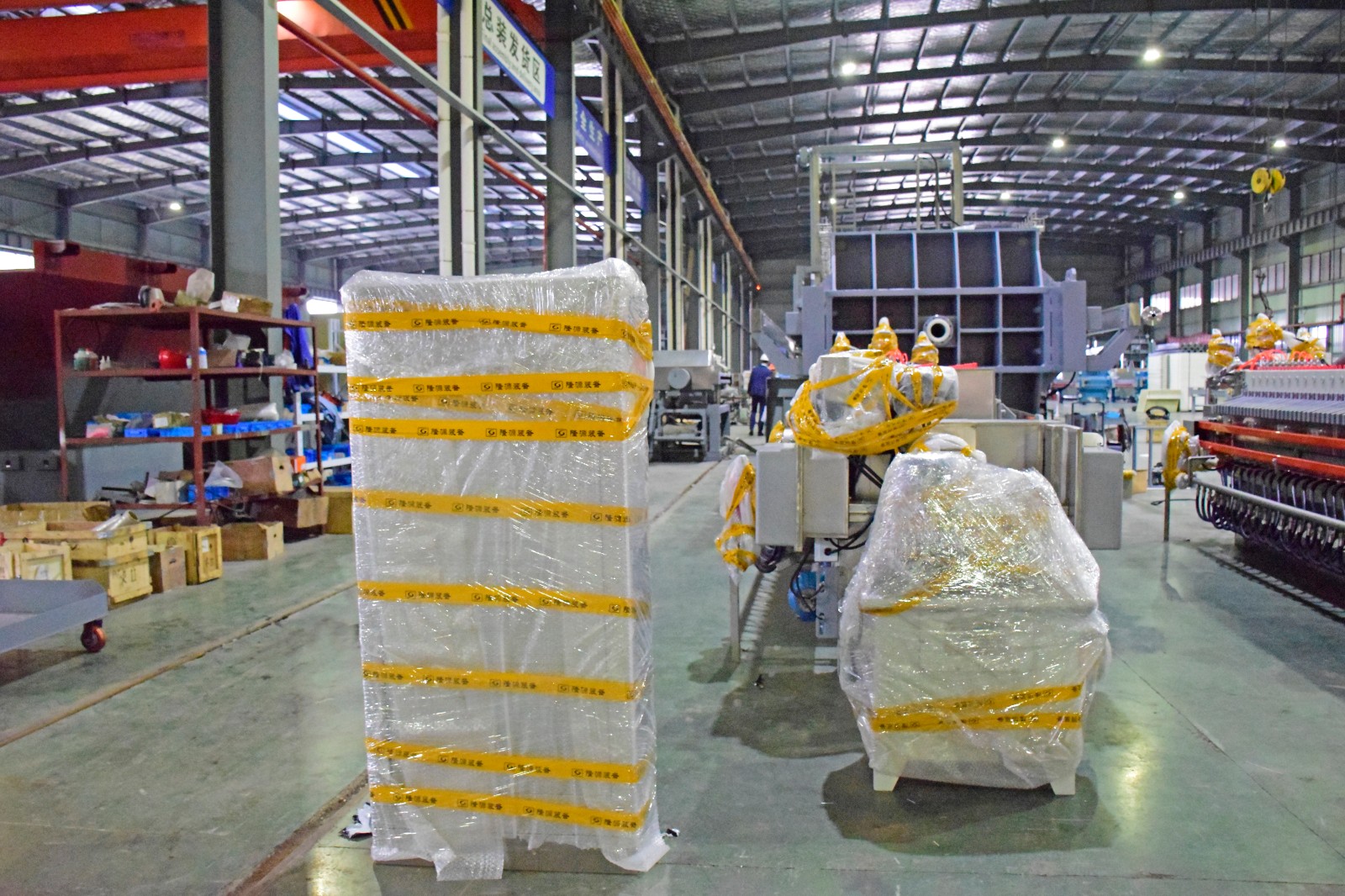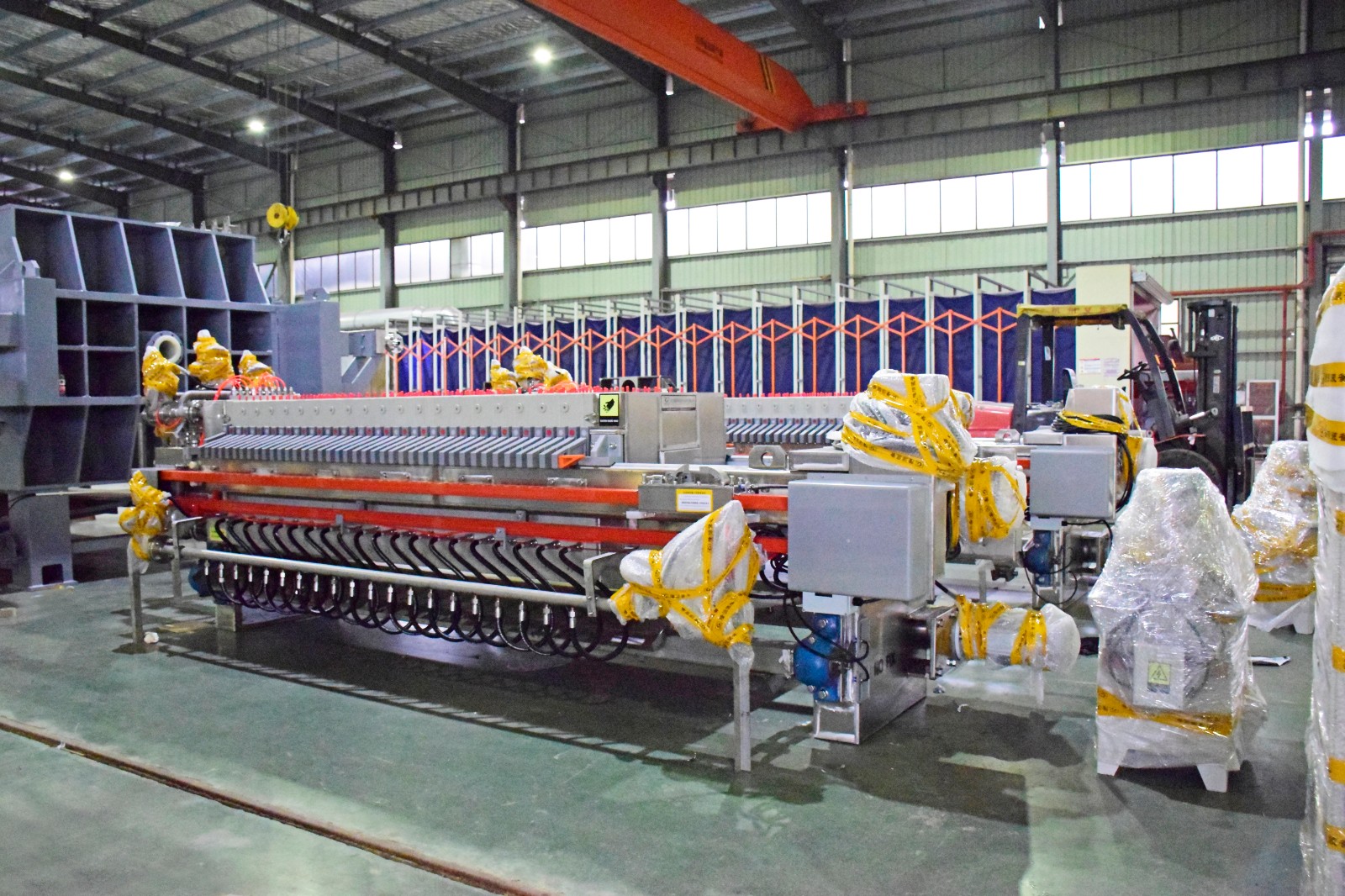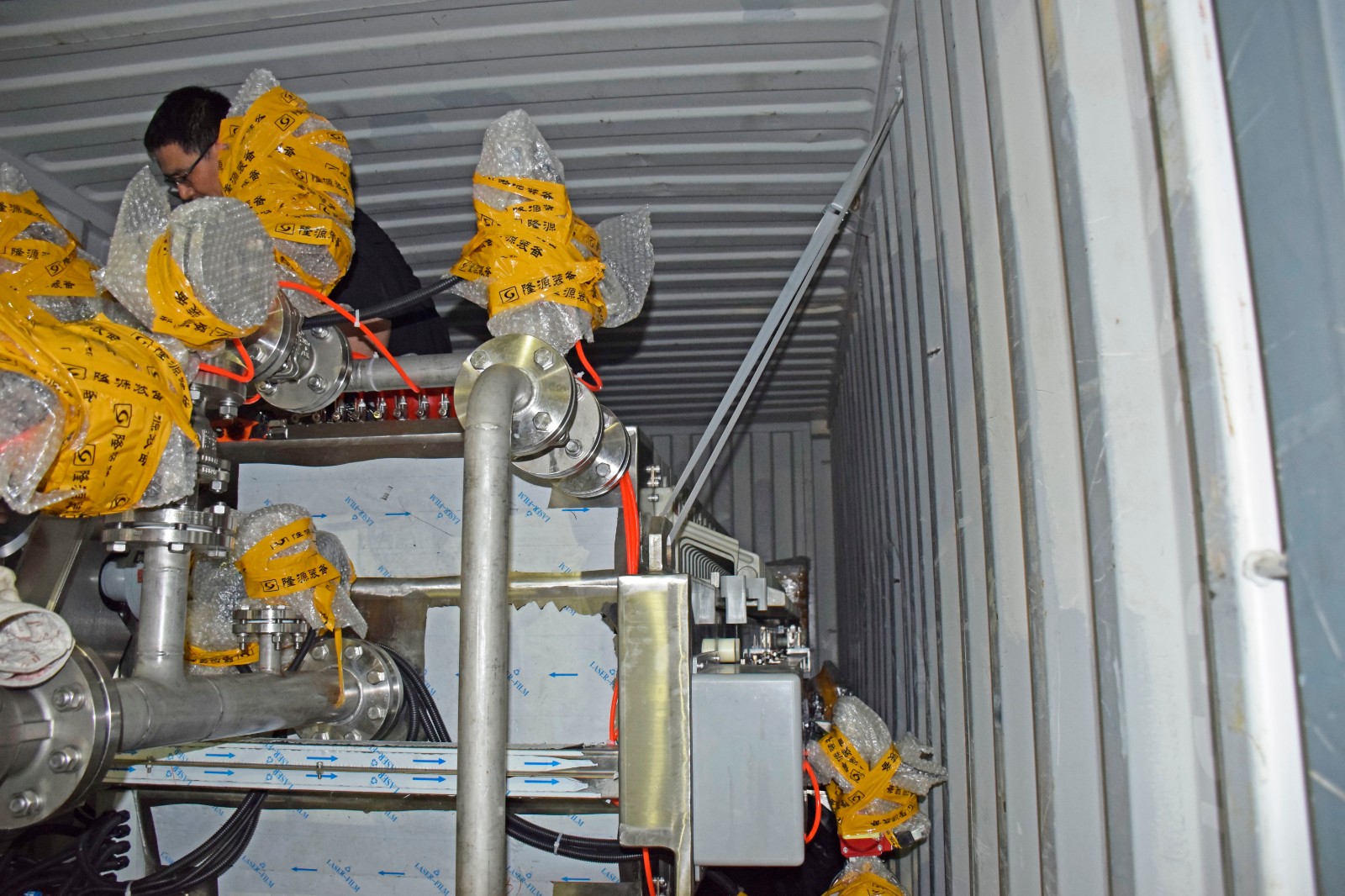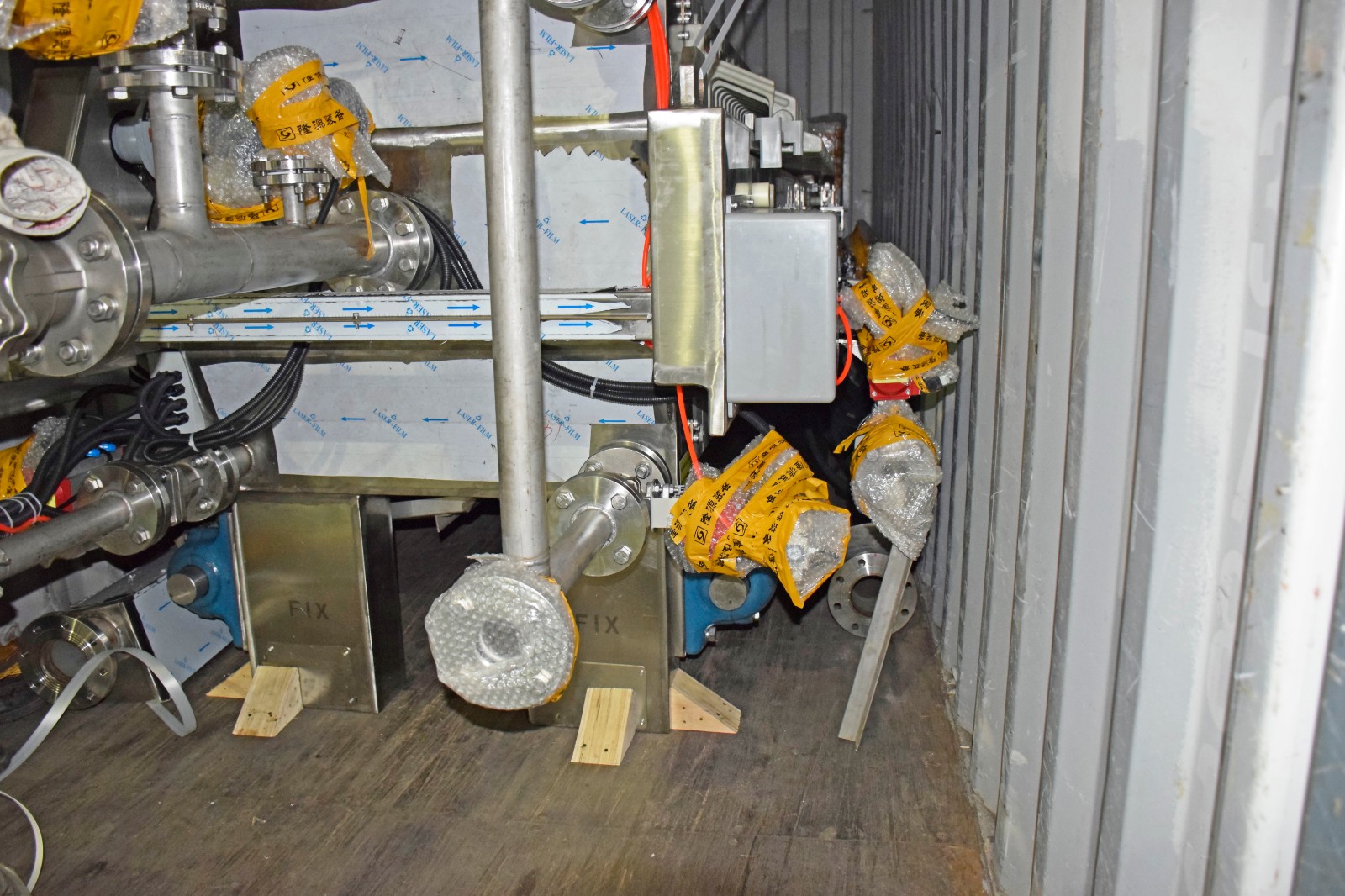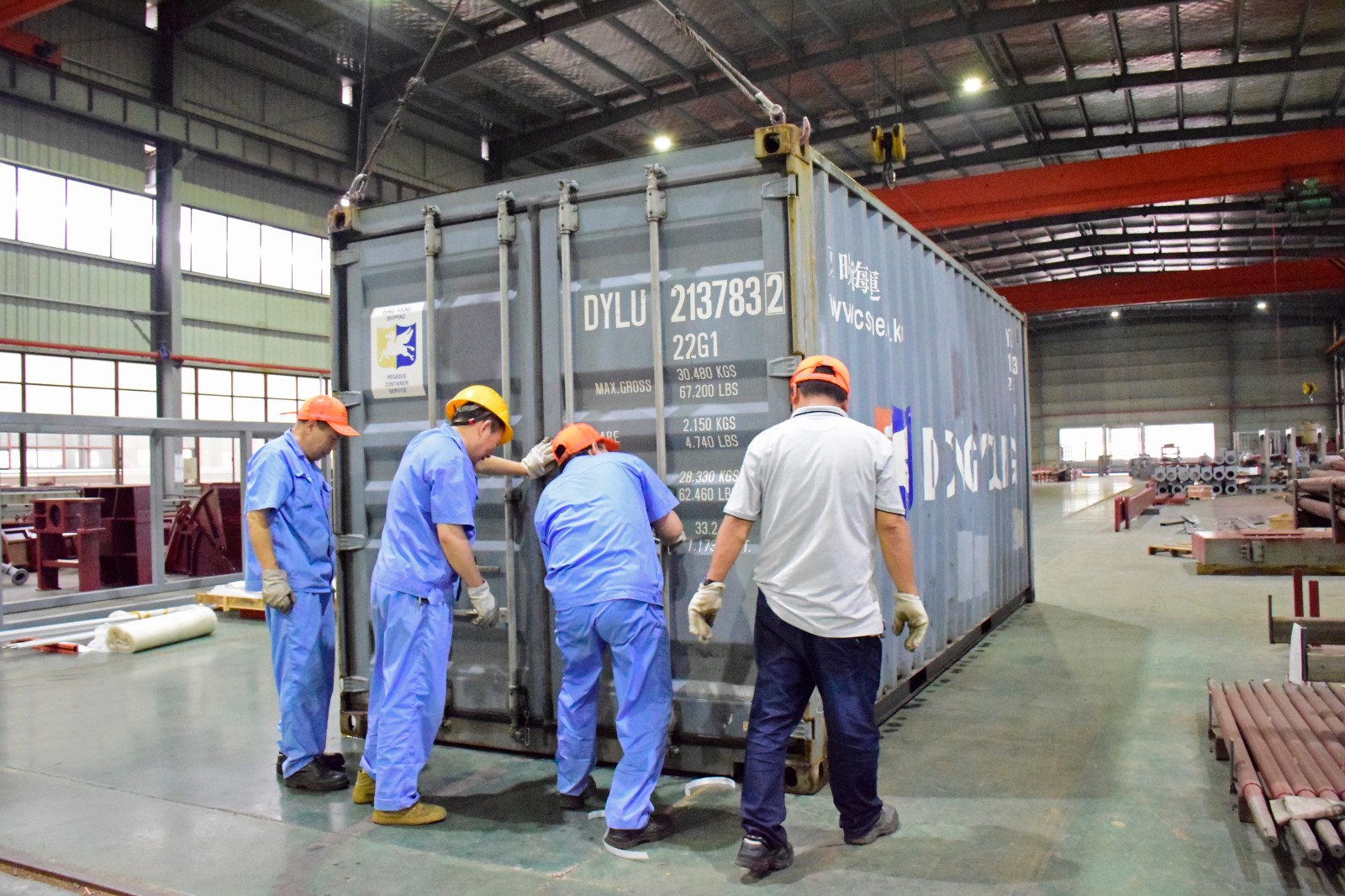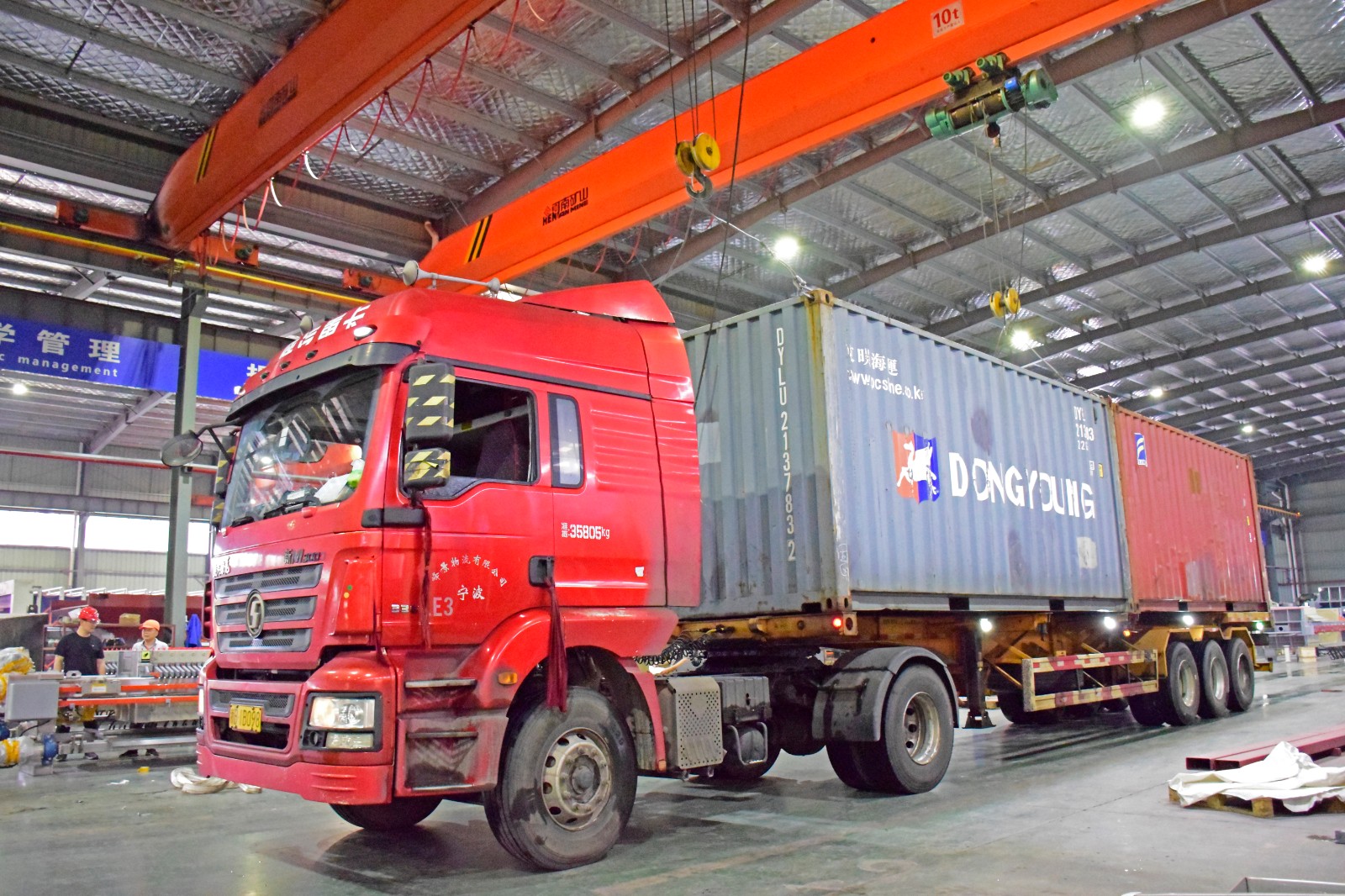1. Frame Packaging:
Frame packaging involves securing the filter press with a sturdy metal or wooden frame structure. This method is especially useful for large or heavy filter presses that cannot fit into standard containers. The frame provides a robust skeleton that supports the equipment during transit, preventing movement and minimizing the risk of damage. It allows for easy loading and unloading using cranes or forklifts and is ideal for shipping heavy machinery that requires additional structural integrity.
2. Container Packaging:
Container packaging is a common method where the filter press is loaded into standard shipping containers (usually 20-foot or 40-foot containers). This method provides a secure and weather-resistant environment, protecting the equipment from external elements such as moisture and dust. Containers can be easily transported and stacked, allowing for efficient shipping logistics. Container packaging is suitable for medium-sized filter presses and accessories that fit within the container dimensions, ensuring safe and organized transportation.
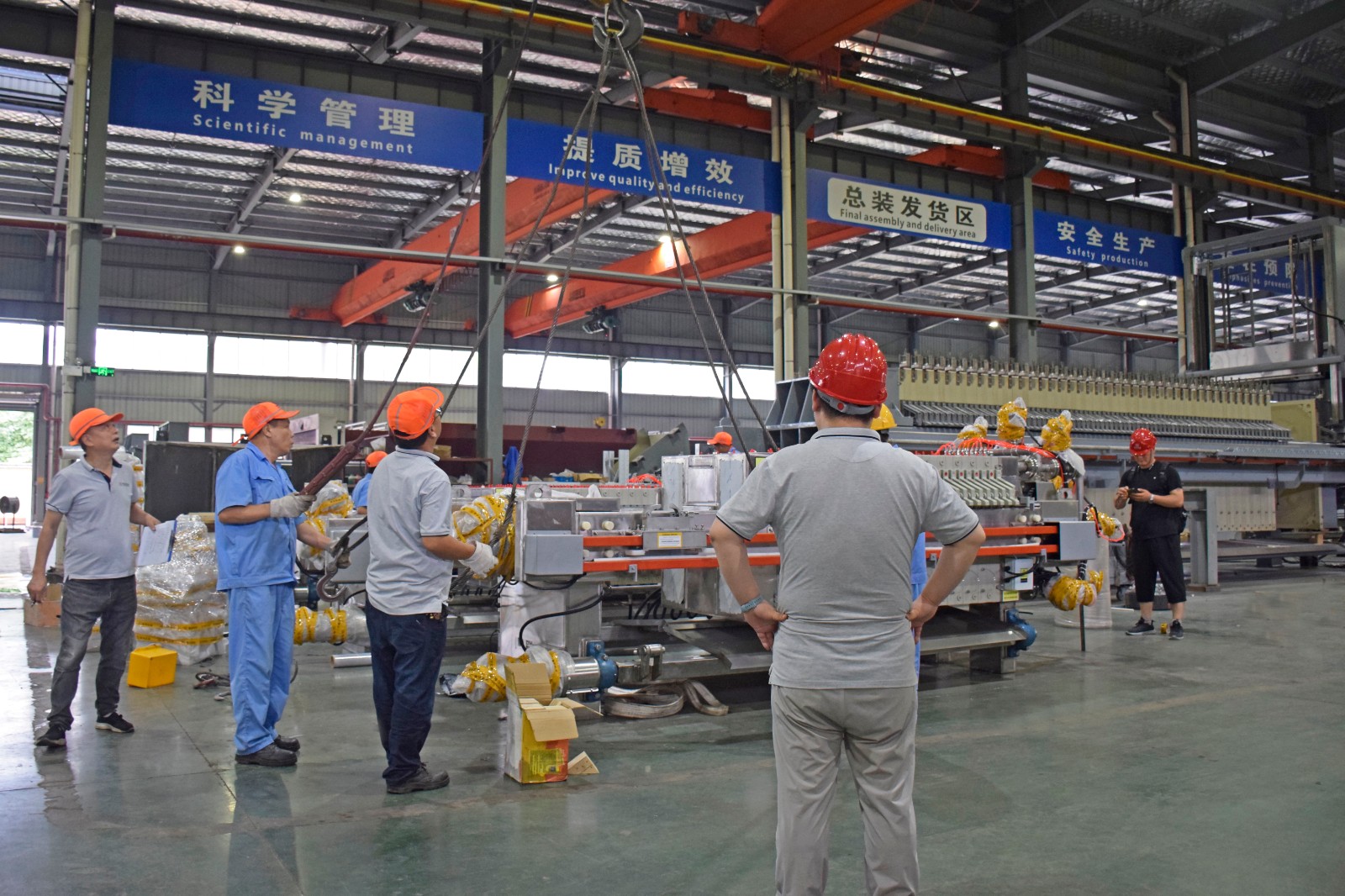
3. Wooden Crate Packaging:
Wooden crate packaging involves encasing the filter press in a custom-built wooden crate. This method offers comprehensive protection by surrounding the equipment with a durable wooden structure. The crate can be customized to the exact dimensions of the filter press, providing cushioning and stability during transit. Wooden crates are ideal for delicate or precision parts that require extra protection from shocks, vibrations, and environmental conditions. This packaging method ensures the filter press arrives at its destination in pristine condition.
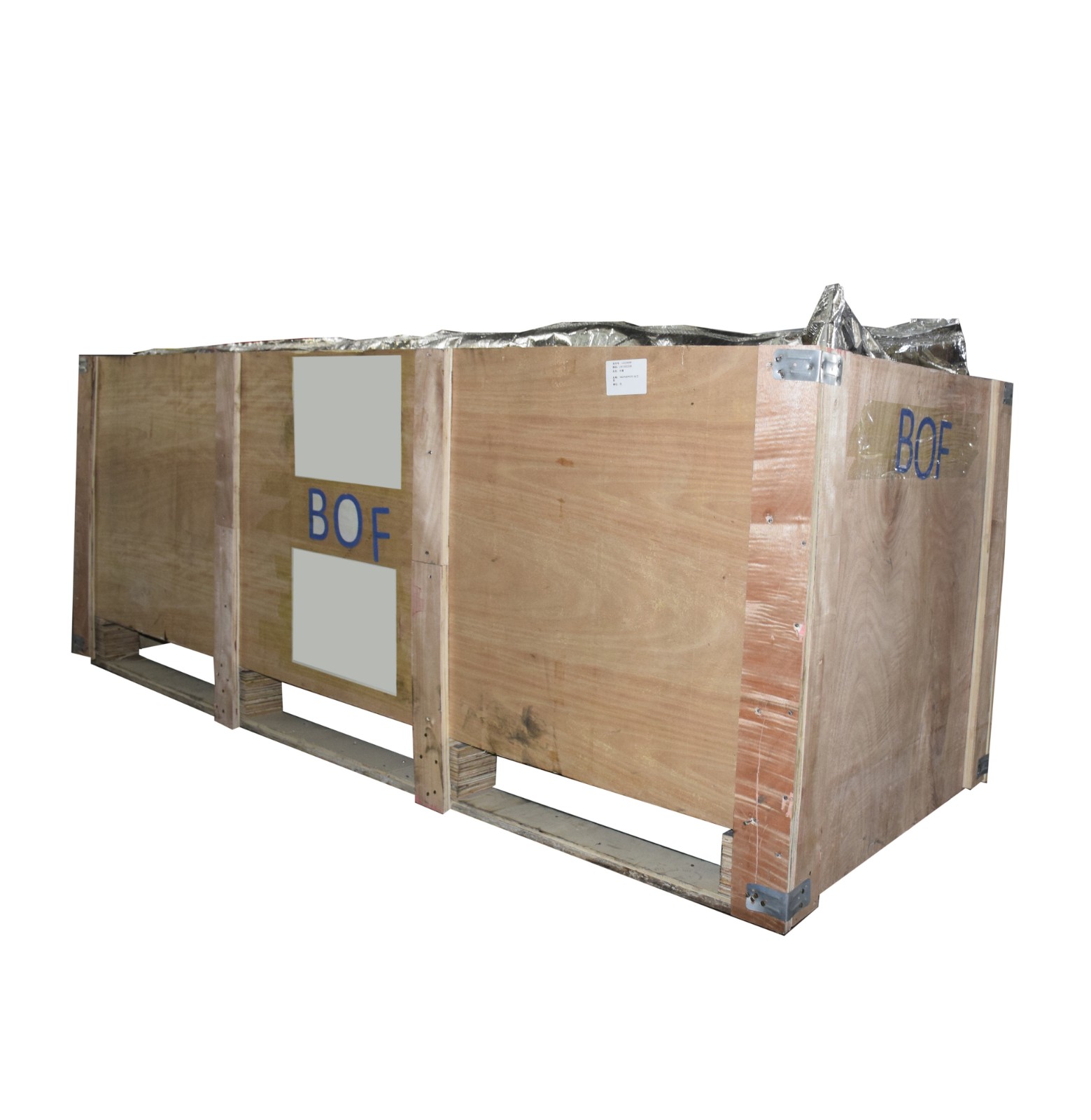
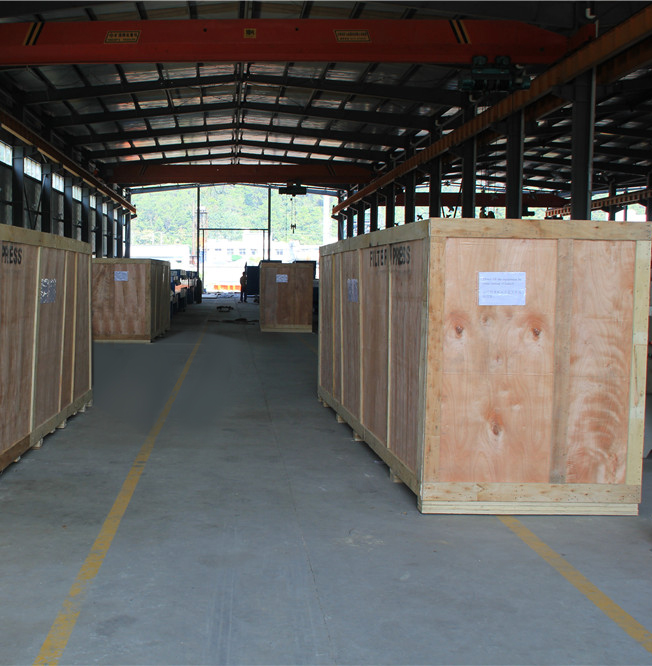
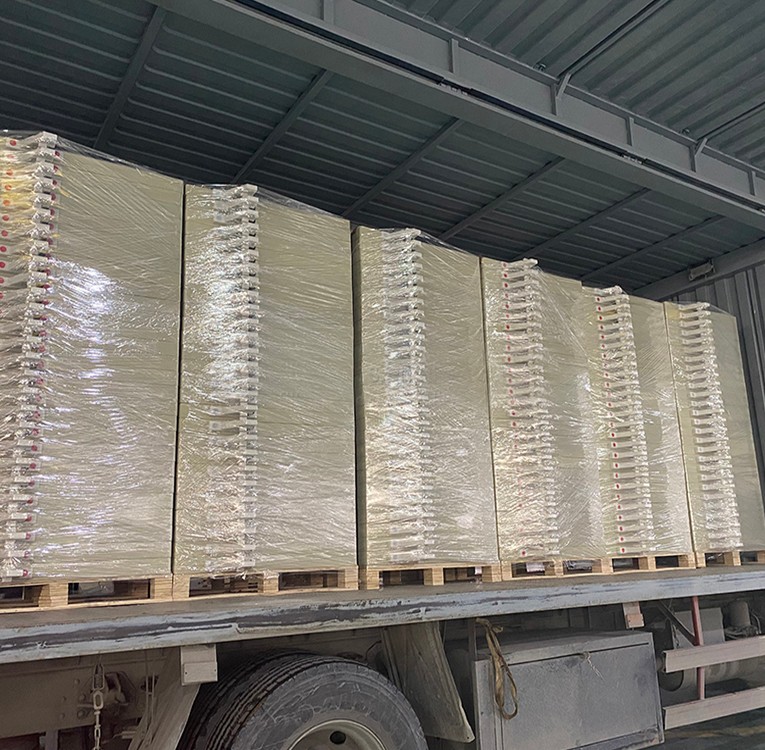
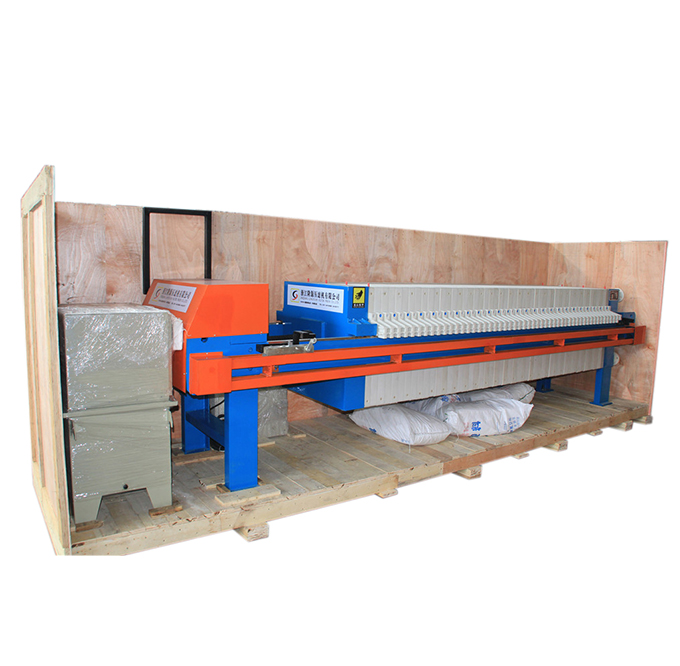
4. Bulk Packaging:
Bulk packaging is used for shipping large quantities of filter presses or their components without individual containers. The equipment is typically loaded directly onto the shipping vessel, either in open storage areas or using specialized bulk carriers. This method is suitable for large, heavy items or components that do not require individual packaging and can be transported together. Bulk packaging is often used for oversized parts or when shipping a large number of units to a single destination, allowing for cost-effective and efficient transport of substantial volumes.


